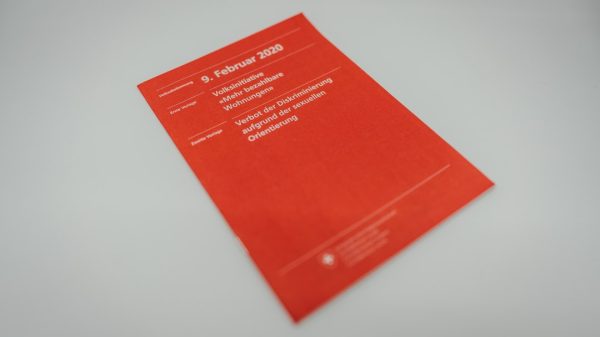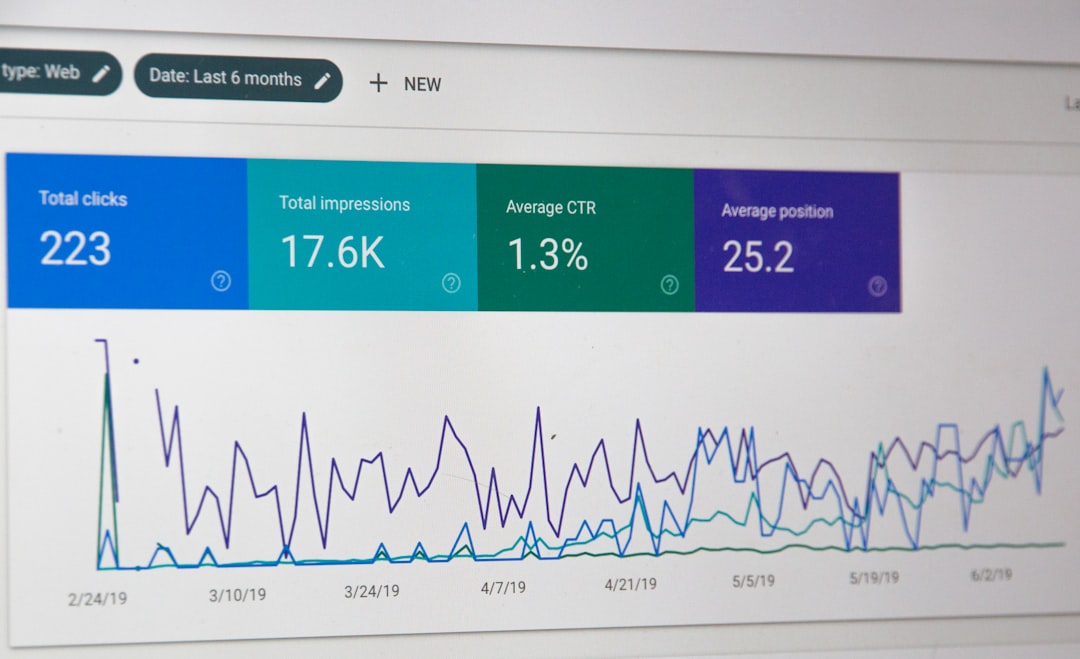In the competitive landscape of digital marketing, the desire to stand out in search engine rankings grows fiercer with each passing day. One of the emerging tools that has piqued the interest of SEO professionals is the SearchSEO CTR Bot. These bots are engineered to simulate real user behavior patterns to manipulate Click-Through Rates (CTR) on search engine result pages (SERPs). The idea is straightforward—if a page seems to get more clicks than its competitors, search engines like Google may interpret it as more relevant or useful, leading to a potential boost in rankings.
However, behind the promising allure of search performance enhancement, lies a complex web of capabilities, limitations, and serious compliance considerations. In this article, we’ll decode exactly what a SearchSEO CTR Bot can do, its boundaries, and the ethical and legal landscape surrounding its use.
What is a SearchSEO CTR Bot?
A CTR (Click-Through Rate) Bot is a software application designed to mimic organic user interactions on search engines. The bot searches for a target keyword, finds a specific website or URL in the rankings, and then clicks on that result much like a real user would. Some advanced versions even simulate mouse movements, page dwell time, and scrolling activities to appear more authentic.
The goal is to send consistent signals to search engines that a particular link is more relevant or appealing than others for specific queries, thus possibly improving its ranking.
Main Capabilities of CTR Bots
- Automated Searching and Clicking: Bots can be programmed to enter keywords, search queries, and click on predefined links in search results.
- Geo-targeted Behavior: Some CTR bots can simulate search queries from specific countries or cities, helping test local SEO strategies.
- Behavioral Metrics Emulation: Advanced bots spend time on pages, scroll through content, and simulate mouse movements to mimic real users.
- Multi-Device Simulation: Modern bots can replicate actions from PCs, tablets, or smartphones to better mimic diverse user behavior.
- Scheduled Campaigns: These bots can execute sets of actions at specific intervals or during specific times of day to avoid detection.

What Does This Mean for SEO?
CTR has long been discussed as a potential ranking factor used by Google’s algorithm to evaluate page relevance. A sudden or sustained increase in CTR can signal to search engines that users prefer a certain page. The hypothesis is that consistent higher CTRs can gradually influence rankings, especially in low to mid-level competitive niches.
While definitive proof that CTR manipulation alone can skyrocket a page to the top spot is scarce, SEO experts agree on one thing: behavior signals contribute to the broader user experience metrics that impact SERP positions indirectly.
Limitations of Using CTR Bots
Despite their theoretical benefits, using CTR bots presents several constraints and risks. It is not a silver bullet, and misuse can backfire significantly.
Key Limitations Include:
- Detection by Search Engines: Google and other search engines have advanced algorithms and filters that can detect non-human activities. Anomalous patterns can result in traffic being ignored or even penalized.
- Low Impact in High-Competition Niches: In top-tier keywords or competitive industries, CTR bots may have a negligible effect due to the large volume of legitimate user activity.
- Short-Term Gains: Any improvement seen from CTR manipulation is often temporary. Once activity drops or ceases, rankings may revert, and in some cases, face de-ranking.
- Resources and Cost: To simulate organic traffic well enough to affect rankings, you often need thousands of clicks per keyword, which can be resource-intensive and expensive to maintain.
- Invalid Analytics Data: Bots skew real performance metrics, making it difficult for SEO professionals to assess user behavior and improve content legitimately.
Compliance and Ethical Considerations
This is the area where CTR bots venture into murky territory. While experimenting with SEO techniques is an integral part of the digital marketing craft, using click bots arguably violates the terms of service (ToS) of major search platforms.
Is It Legal?
Technically, operating a CTR bot isn’t inherently illegal—it depends on how it’s used. However, if it affects competitors negatively or aims to commit click fraud (such as in PPC campaigns), it can breach laws related to fair competition and digital fraud.
Violation of Terms of Service
Google’s ToS explicitly forbid the use of automated queries or click fraud. Violating these could result in:
- Website De-indexing from the search engine
- Loss of Google Ads Account privileges
- Blacklisting of IP addresses and domains
Moreover, these bots may lead to neighbors on shared hosting being flagged, introducing collateral damage that impacts others as well.

When Can It Be Considered Ethical?
CTR Bots are sometimes used in controlled SEO testing environments where no harm is done to actual search engine users or competitors. In such cases, it can be argued that the practice falls under “ethical experimentation.” For instance:
- Testing the responsiveness of new content in SERPs
- Evaluating the effects of headline changes
- Isolating behavioral metrics for UX optimization
However, transparency is crucial. Using these bots inappropriately or without consent in client campaigns can violate industry standards and client trust.
Can CTR Bots Be Part of a White Hat SEO Strategy?
White Hat SEO relies on sustainable, user-focused methods to improve SERP rankings. Since CTR bots inherently attempt to game the system, they are generally classified as Black Hat or at best Gray Hat tactics.
Nonetheless, what a CTR bot can do indirectly paves the way for improved content strategies. For instance, if the data highlights that a higher CTR corresponds with specific headlines or meta descriptions, one might choose to enhance those elements across a site manually—an action that is fully within ethical guidelines.
Alternatives to CTR Bots
For those looking for longer-lasting and safer methods for improving CTR, consider these alternatives:
- Compelling Meta Titles and Descriptions: Well-crafted snippets increase the chances of clicks organically.
- Featured Snippets Optimization: Structuring content to answer questions directly can help secure snippet positions.
- Video and Image Integration: Enhanced listings with visuals can increase engagement.
- Social Proof and Reviews: Including credibility indicators in your metadata or content builds trust and raises CTRs.
It’s clear that these methods align with the principles of good SEO and provide benefits without risk.
Final Thoughts
The intrigue surrounding the SearchSEO CTR Bot lies in its potential to manipulate behavioral metrics and nudge rankings in favor of a specific domain. However, while the technical capabilities are increasingly sophisticated, their effectiveness remains limited by detection algorithms and a host of compliance issues.
As tempting as it may be to wield such tools, their use requires caution, ethics, and awareness of the broader impact on your brand’s digital footprint. Ultimately, a balanced SEO strategy takes into account both short-term wins and long-term integrity.
Invest in the right methods, monitor analytics responsibly, and use tools like CTR Bots—if at all—strictly within experimental or ethical frameworks. The search engines of tomorrow are only growing smarter, and genuine user value will always be the gold standard for success.


































